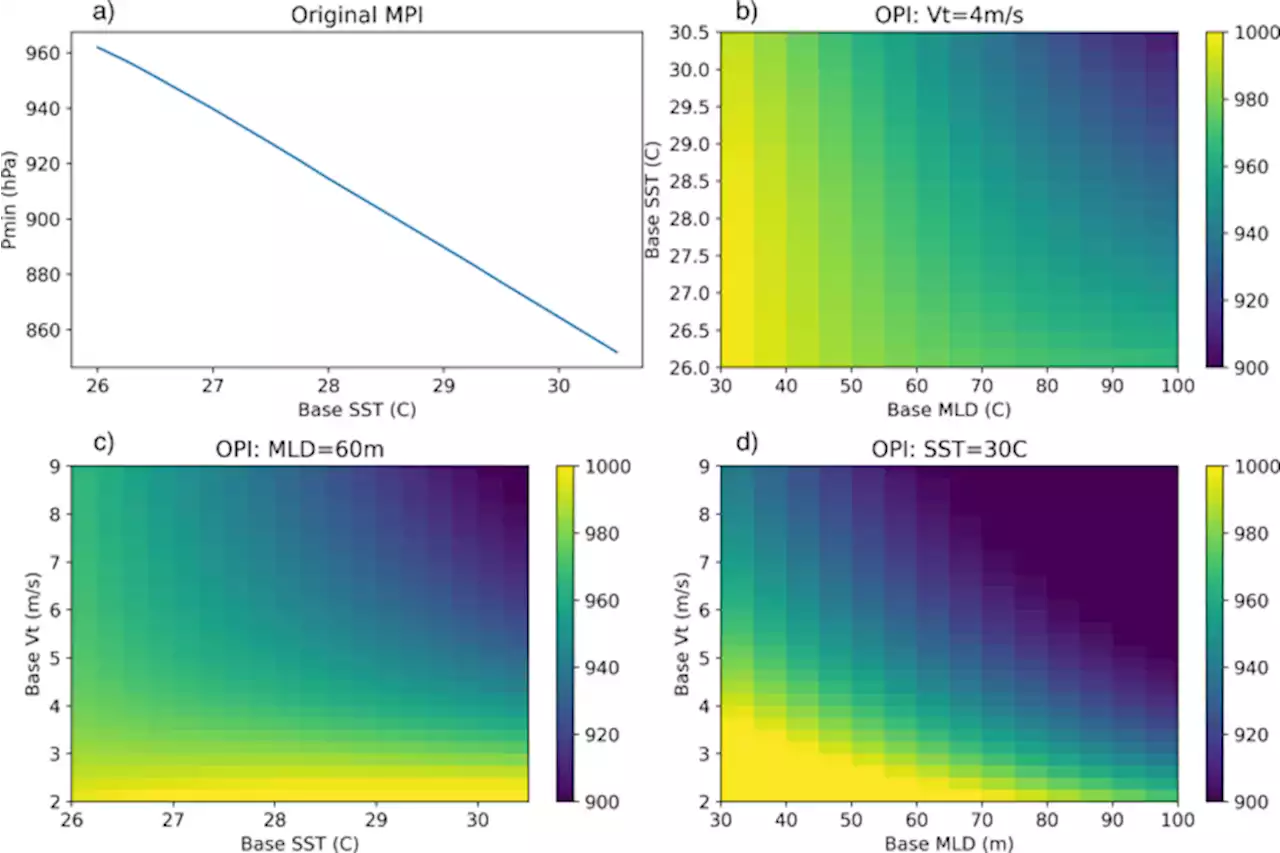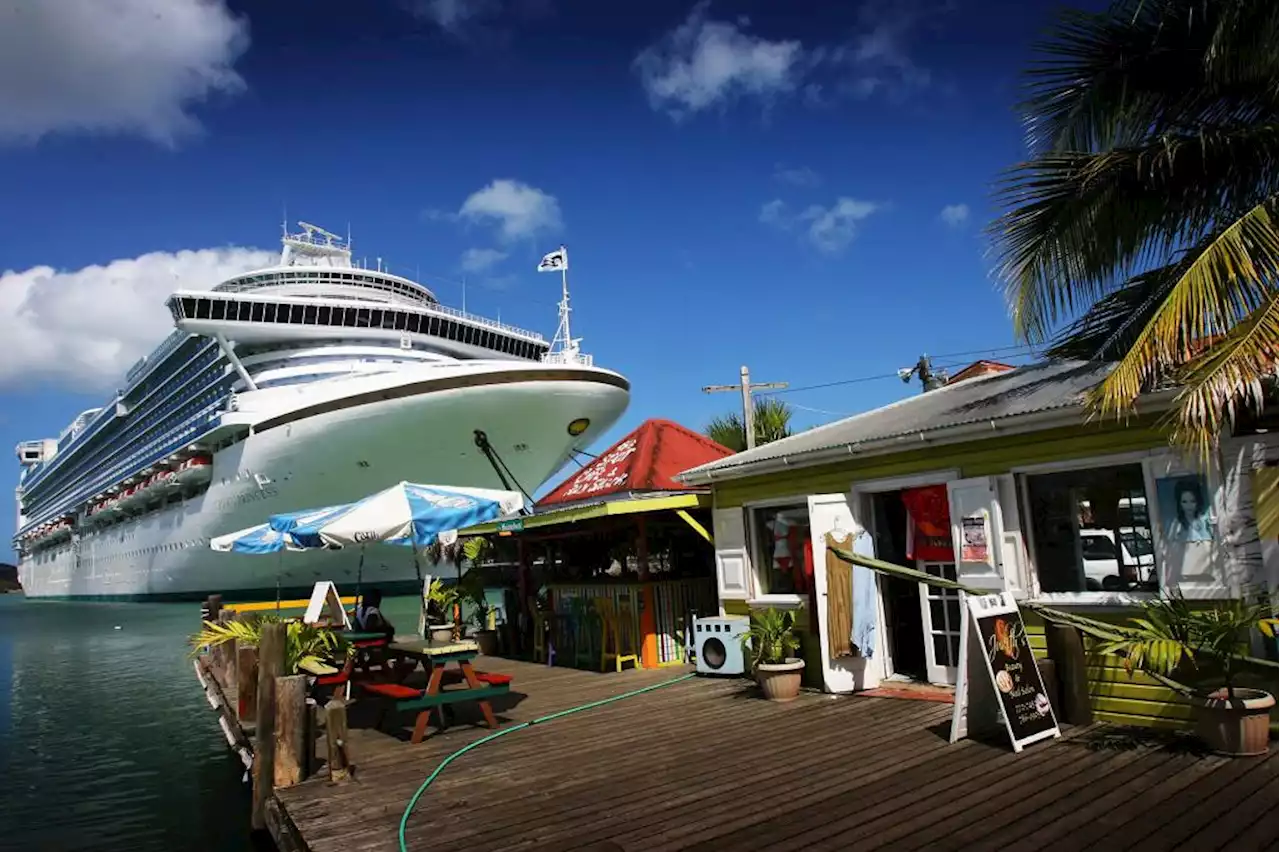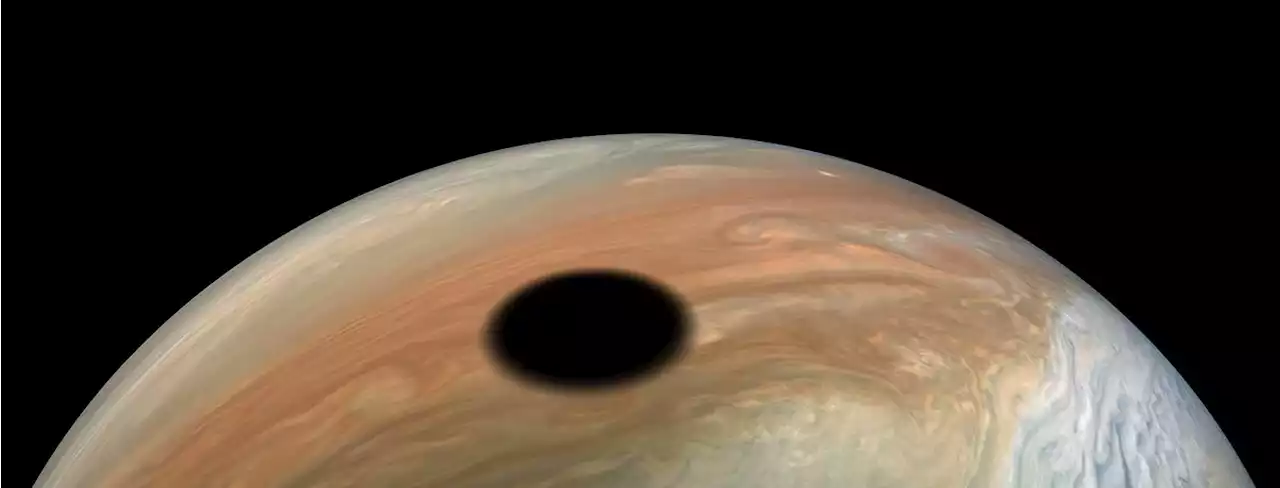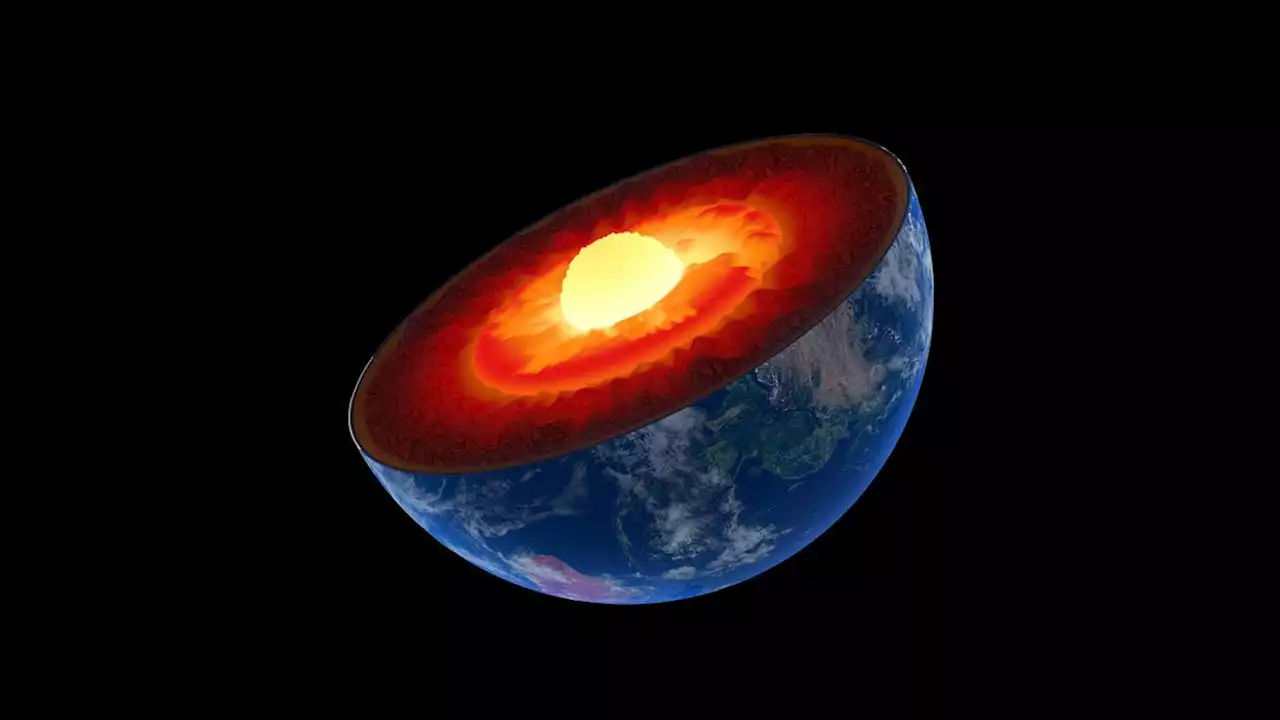Extreme chemical reactions could explain why Earth's middle layer has so much carbon.
The boundary zone between Earth's molten metal core and the mantle, its rocky middle layer, might be a diamond factory.
The findings also might help to explain strange structures deep in the core-mantle boundary where waves from earthquakes slow down dramatically. These regions, known as"ultra low velocity zones" are associated with strange mantle structures, including; they can be just a few miles across or many hundred. No one knows exactly what they are. Some scientists think they date back 4.5 billion years and are made of materials from the very ancient Earth.
When this happens, the hydrogen seems to push aside other light elements in the core, including, crucially, carbon. This carbon gets booted out of the core and into the mantle. At the high pressures present in the core-mantle boundary, carbon's most stable form is diamond.
If that's the case, many of the low-velocity zones in the mantle might be areas of water-driven melt, triggered by the churn of the oceanic plates deep into the planet.
United States Latest News, United States Headlines
Similar News:You can also read news stories similar to this one that we have collected from other news sources.
 Targeted artificial ocean cooling to weaken tropical cyclones would be futile - Communications Earth & EnvironmentWeakening tropical cyclones artificially through cooling the surface ocean would require massive regions of ocean to be cooled for a modest effect, suggest simulations with a realistic mesoscale ocean-atmosphere model.
Targeted artificial ocean cooling to weaken tropical cyclones would be futile - Communications Earth & EnvironmentWeakening tropical cyclones artificially through cooling the surface ocean would require massive regions of ocean to be cooled for a modest effect, suggest simulations with a realistic mesoscale ocean-atmosphere model.
Read more »
 A newly discovered planet 40% larger than Earth may be suitable for lifeScientists have discovered a new 'super-Earth' type planet that might be suitable for life, about 100 light-years away. The planet orbits its own sun in a matter of days.
A newly discovered planet 40% larger than Earth may be suitable for lifeScientists have discovered a new 'super-Earth' type planet that might be suitable for life, about 100 light-years away. The planet orbits its own sun in a matter of days.
Read more »
 Two potentially habitable super-Earth planets have been discoveredA pair of rocky planets orbiting the star LP 890-9, also known as SPECULOOS 2, seem likely to be in the habitable zone and one of them could be the second most habitable exoplanet discovered so far
Two potentially habitable super-Earth planets have been discoveredA pair of rocky planets orbiting the star LP 890-9, also known as SPECULOOS 2, seem likely to be in the habitable zone and one of them could be the second most habitable exoplanet discovered so far
Read more »
 From deep sea to outer space, tourism is now reaching the ends of the EarthAs the Dalai Lama said, “Once a year, go someplace you’ve never been before” — and a new age of tourism is adding more destinations to that list.
From deep sea to outer space, tourism is now reaching the ends of the EarthAs the Dalai Lama said, “Once a year, go someplace you’ve never been before” — and a new age of tourism is adding more destinations to that list.
Read more »
 If Jupiter's Orbit got Weirder, it Would Actually Make Earth More HabitableJupiter has helped sustain life on Earth, but it might have done a better job with a more eccentric orbit.
If Jupiter's Orbit got Weirder, it Would Actually Make Earth More HabitableJupiter has helped sustain life on Earth, but it might have done a better job with a more eccentric orbit.
Read more »
